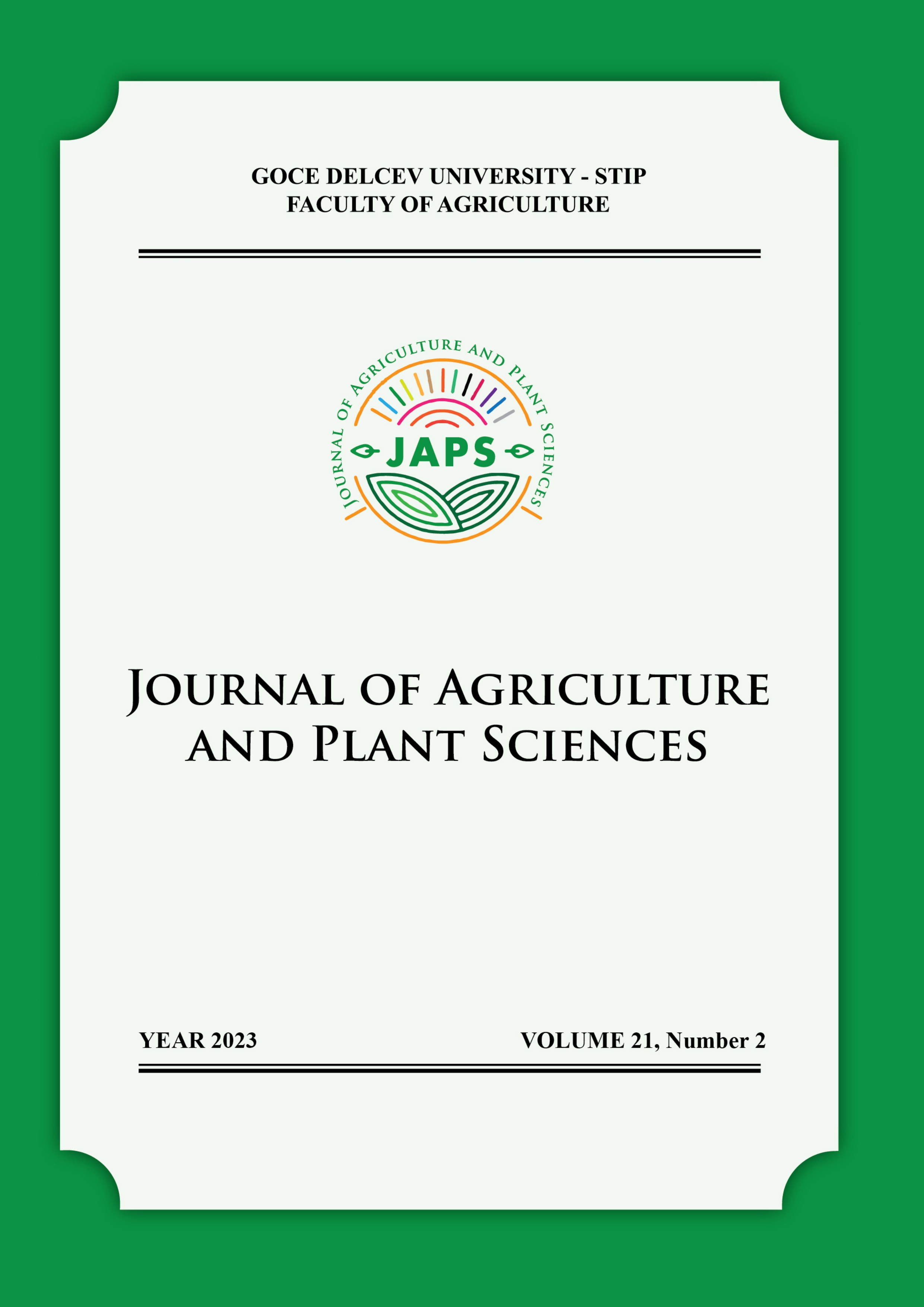MACRONUTRIENT AVALIABILITY OF DIFFERENT ORIENTAL TOBACCO VARIETIES GROWN UNDER THE SAME CONDITIONS
DOI:
https://doi.org/10.46763/JAPS23212037jshAbstract
Plants need relatively large amounts of nitrogen, phosphorus and potassium. These nutrients are called primary nutrients and are commonly added as fertilizers. The other elements, the secondary macronutrients as calcium, magnesium are needed in smaller amounts. Macronutrients are essential for growth and development of all plants, including oriental tobacco. Their availability in the soil determines the overall health and growth of tobacco plants, so given the focus of sustainable agriculture, proper management of soil macronutrients is necessary while at the same time, reaching the requirement of high crop productivity and quality. In order to evaluate the macronutrient content and impact factors influencing their availability, different varieties of oriental tobacco were chosen for a field experiment (P-23, P-79, Basma and Elenski). Plants were grown under the same agrotechnical and environmental conditions, on two locations, on a colluvial-delluvial (Prilep) and fluvisol soil type (Dobrushevo). Total content of selected macronutrients was determined in the soil and leaf samples, and respectively, their mobile forms in soil samples. Availability ratios are presented by available and total content as direct measure of the potential effectiveness of the selected macronutrient in soil. Results show that availability and uptake of given macronutrients are significantly influenced by many factors. Analyzing the relationships of some soil properties and availability ratios of soil nutrients gives helpful insight in applying certain measures for specific agricultural and environmental management purposes
Downloads
Published
Issue
Section
License
The intellectual property and copyright on the original content of all scientific contributions in the published paper shall remain with the authors. Authors give permission to the JAPS owner to publish the paper. All authors agree to publish the paper under Attribution-NonCommercial-NoDerivatives 4.0 International license (CC BY-NC-ND 4.0).

